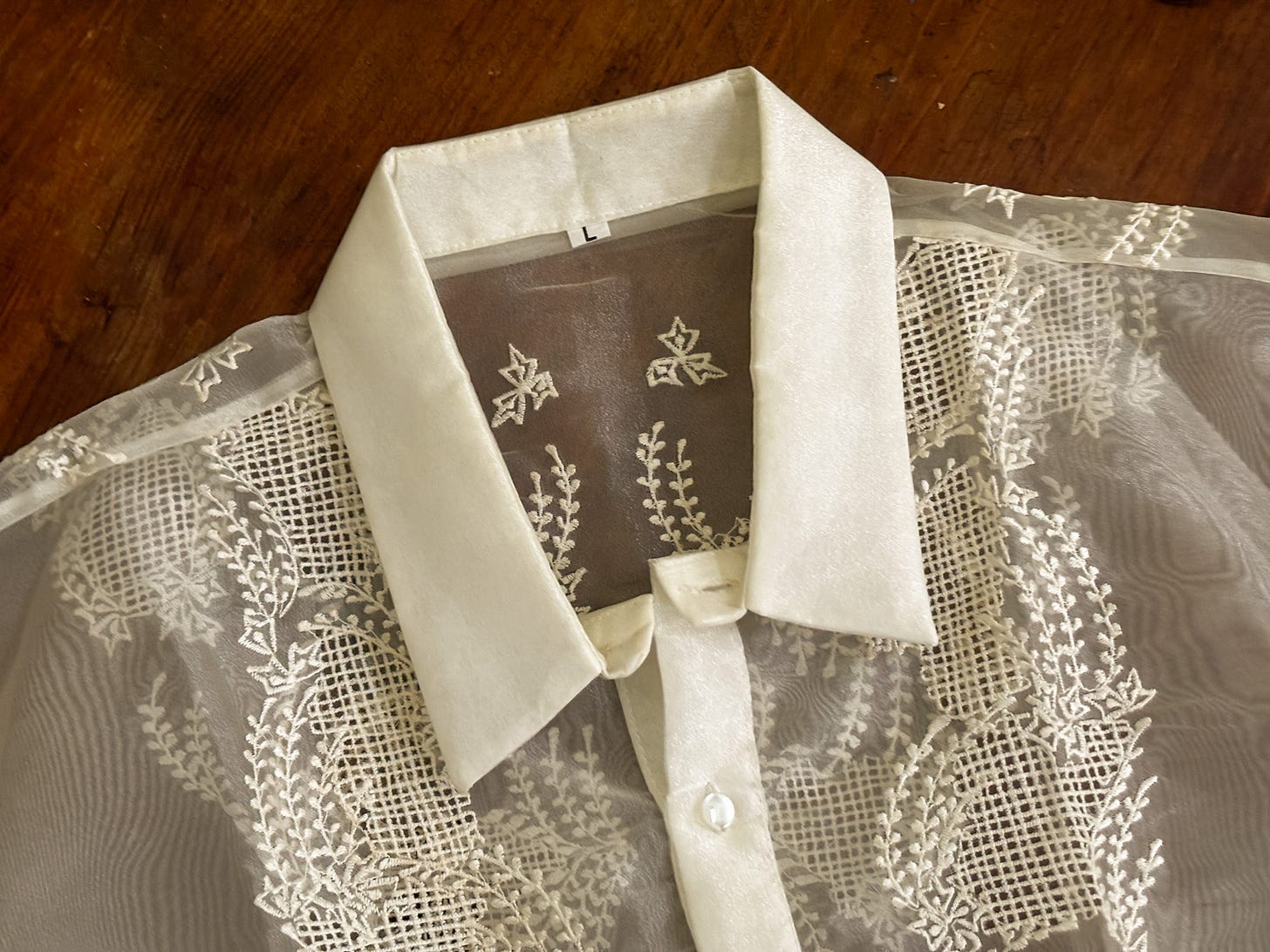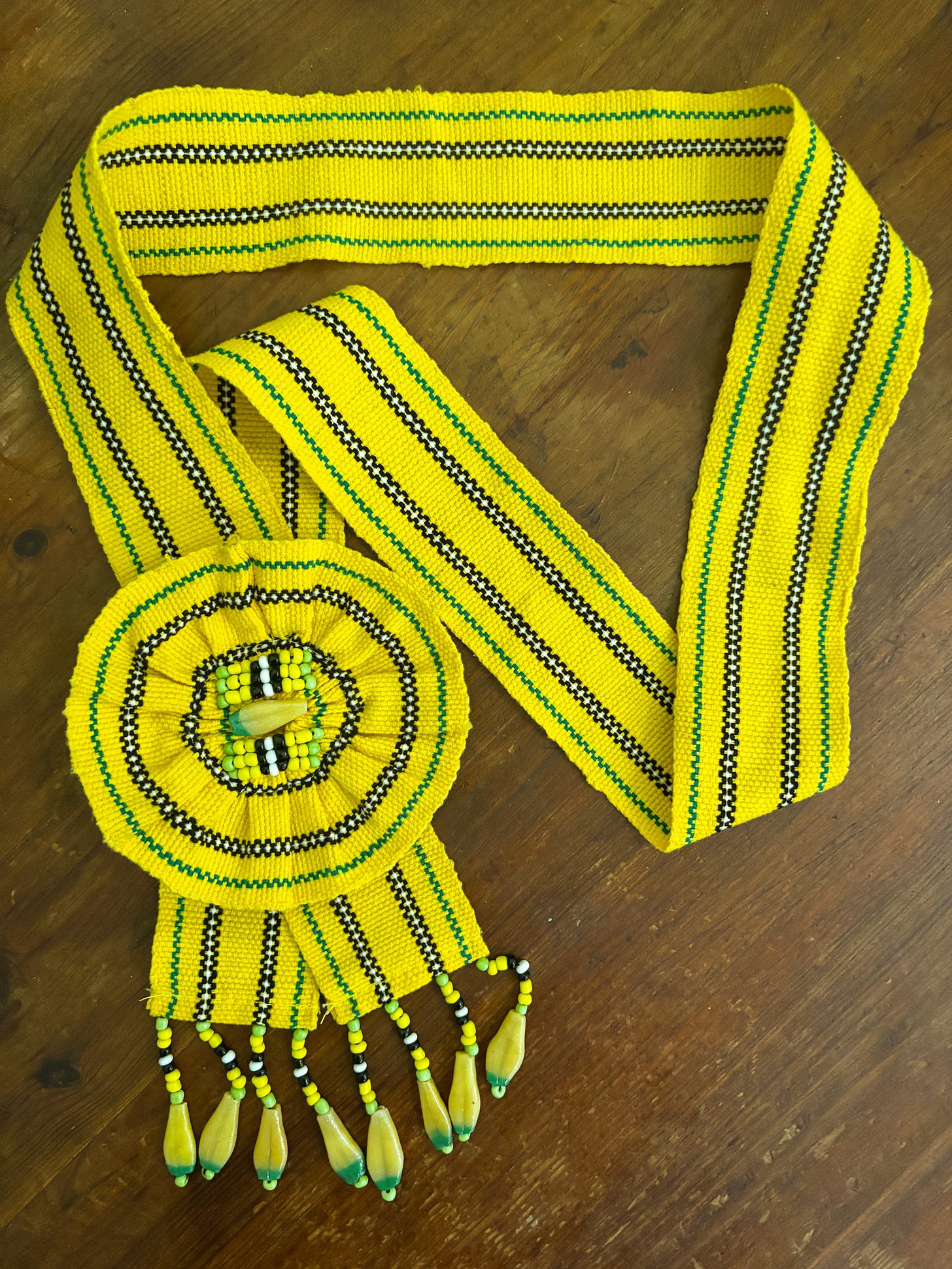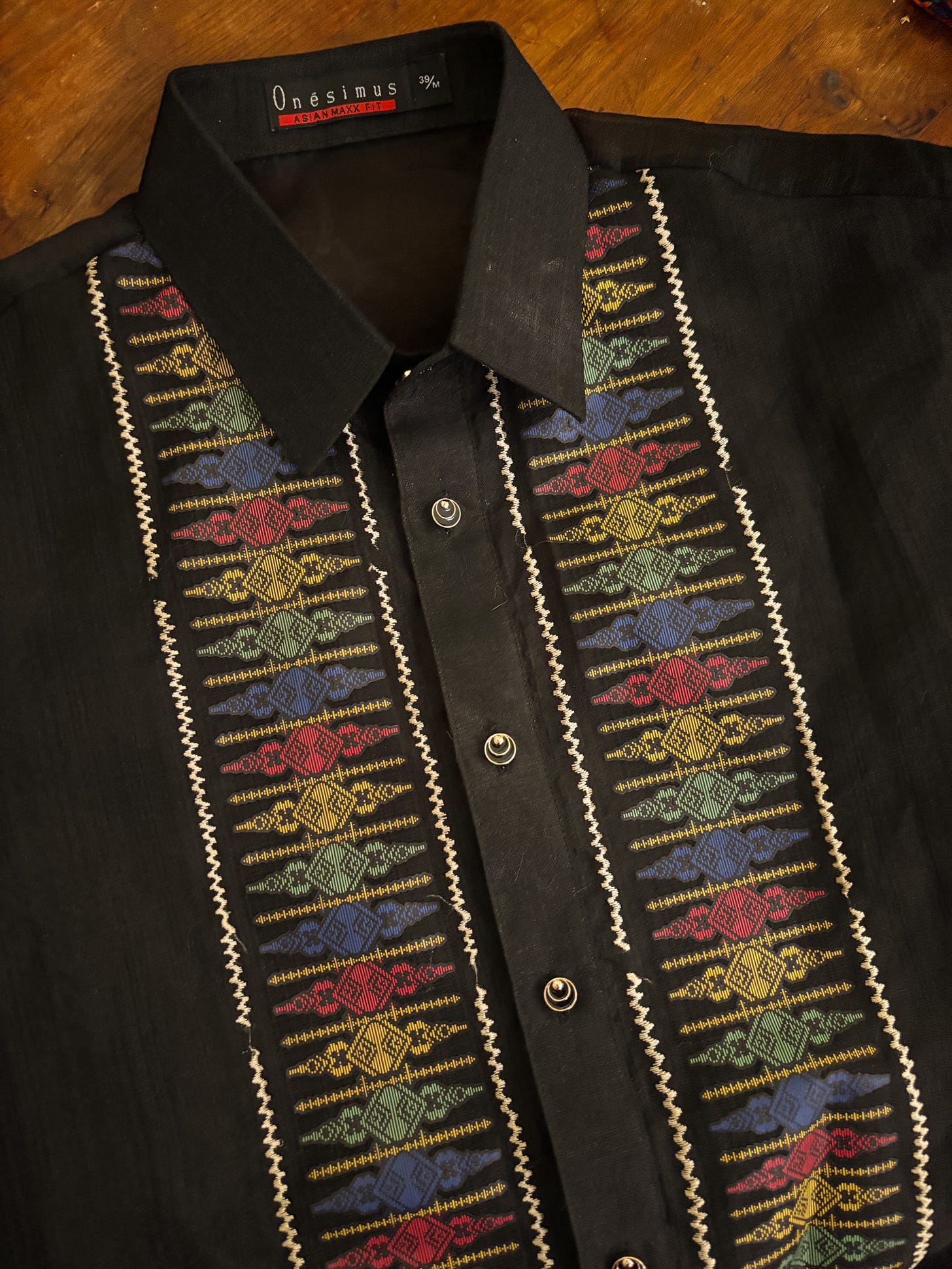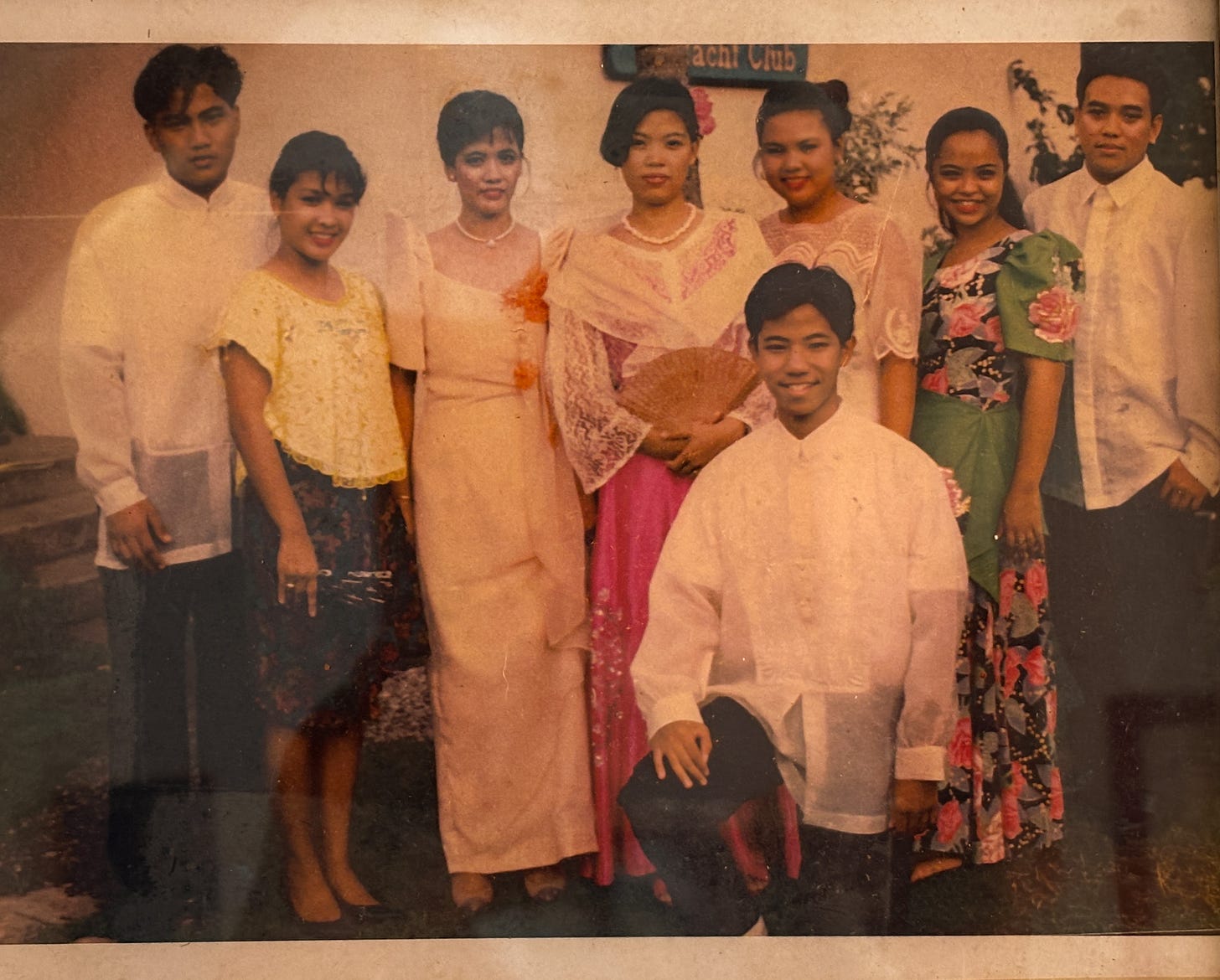August Celebrations Part 3: Culture
Representing the Land of my Foremothers
Every day, I wear a gold ring that was passed down to me from my grandmother. It’s a fancy little ring that has a dragon carved on it. I should probably only wear it on special occasions, but I love seeing it on my hand because it reminds me of her. I like to imagine that it holds a spell of protection over me that she cast years ago when I was a child.
I grew up in a Filipino household despite living on a Polynesian island whose culture was completely different. My parents spoke to my siblings and me in our native tongue of Tagalog while we spoke English in school. We ate traditional Filipino dishes like adobo and sinigang most days as we watched commercials for McDonald’s and Burger King on TV.
While other cultures and influences constantly bid for my attention and allegiance, my Filipino heritage has always stubbornly been an integral part of everything.
These days, I am a lot more intentional and blatant about how I represent my cultural heritage.
For every live performance in front of an audience, I wear at least one traditional Filipino garment along with gold jewelry from my family and various gold fabric accents. Over the years, particularly during my trip to the Philippines earlier this year, I have been acquiring several new pieces that I will mix and match for each performance.
I have lots of barongs, which are the traditional shirts worn by Filipino men. They can often be very simple, but I favor the varieties made of the finest and most delicate, handwoven fabrics.
My most recent acquisitions have been clothes made by or fashioned after the traditional fabrics of a large indigenous tribe called the Igorot, from the island where I was born. Their bold colors and patterns look striking on stage.
This particular black barong draws heavily from the Igorot style.
Then, of course, I give myself permission to go a little over the top with my stage outfits like this recent ensemble for an outdoor show in Nashville (see photo below with my band). I paired these billowy, wide-legged gold pants with a vibrant Filipino sash. I get to be Filipino and fabulously queer at music venues in Nashville.
Beyond my physical appearance, I am actively working on new music that more fully integrates my Filipino culture. (Naming my band Ancestral Tongue almost demands this.) Most of it is experimental at the moment, but I hope it will come together like I hear it in my head. This will add a deeper dimension to my shows as I reference my native language, cultural identity, family, and my experience as an immigrant in America.
Growing up, my mom taught a lot of different Filipino dances at our house for annual cultural events on the island. I got to experience my people’s ornate, sparkling costumes and the incredibly creative folk dances. That’s me on bended knee below.
One of my favorite dances that my mom taught is called Singkil in which a princess and her suitor dance quickly and gracefully to avoid clashing bamboo sticks. (The costumes are EVERYTHING.)
Another gorgeous dance is Pandanggo sa Ilaw, in which dancers balance glasses with lit candles on their heads while dancing in the dark. I saw a professional dance troupe perform this during my first trip to the Philippines as a kid. It was mesmerizing.
In my own way, I want to embody the spirit, style, and richness of the Philippines in my performances and music. (The clothing is now on point, and the music is coming.)
I was given the gift of being surrounded by my cultural heritage when I was young, and now, as I grow older, I only want to celebrate and express it even more.
My future is more Filipino, and I am happy with that.
UPCOMING SHOWS
Roqué’s Concert for One
Liberty, TN
Thursday, August 21
Queer Asian and Pacific Islander Songwriter Showcase
Chinkapin Craftstead in Woodbury, TN
Saturday, September 27










